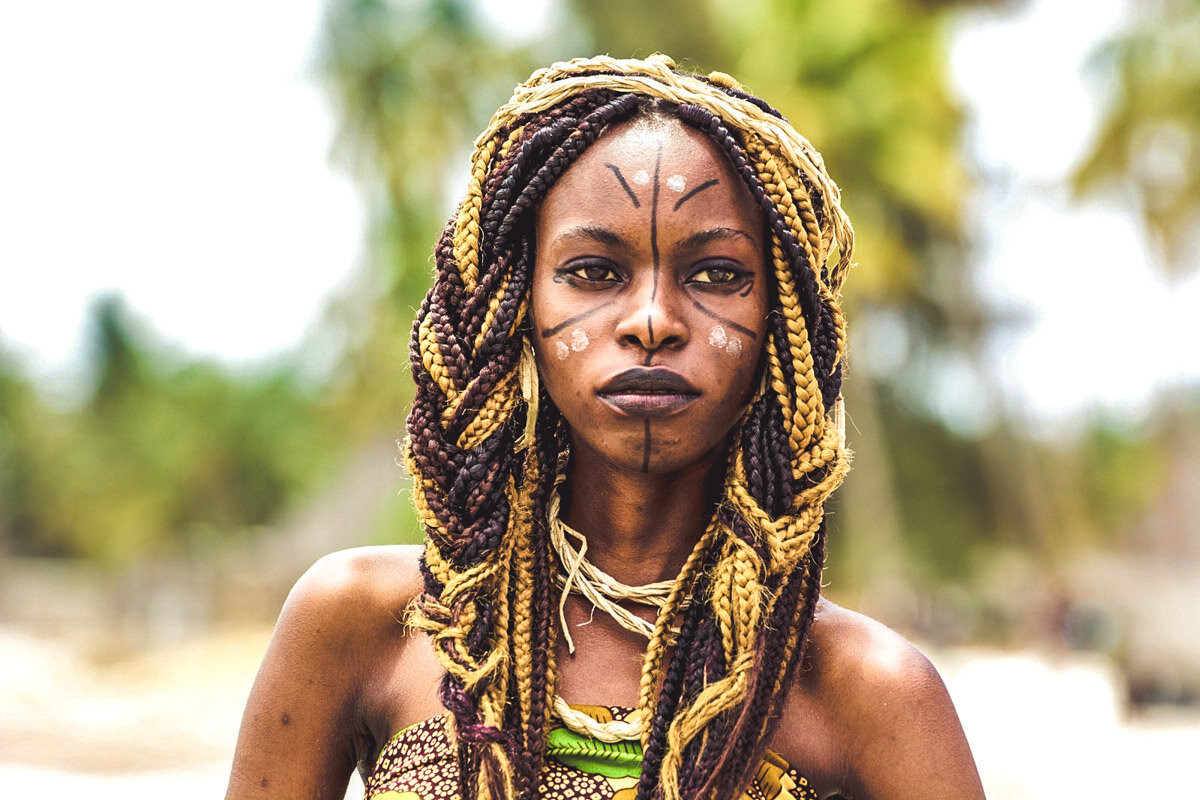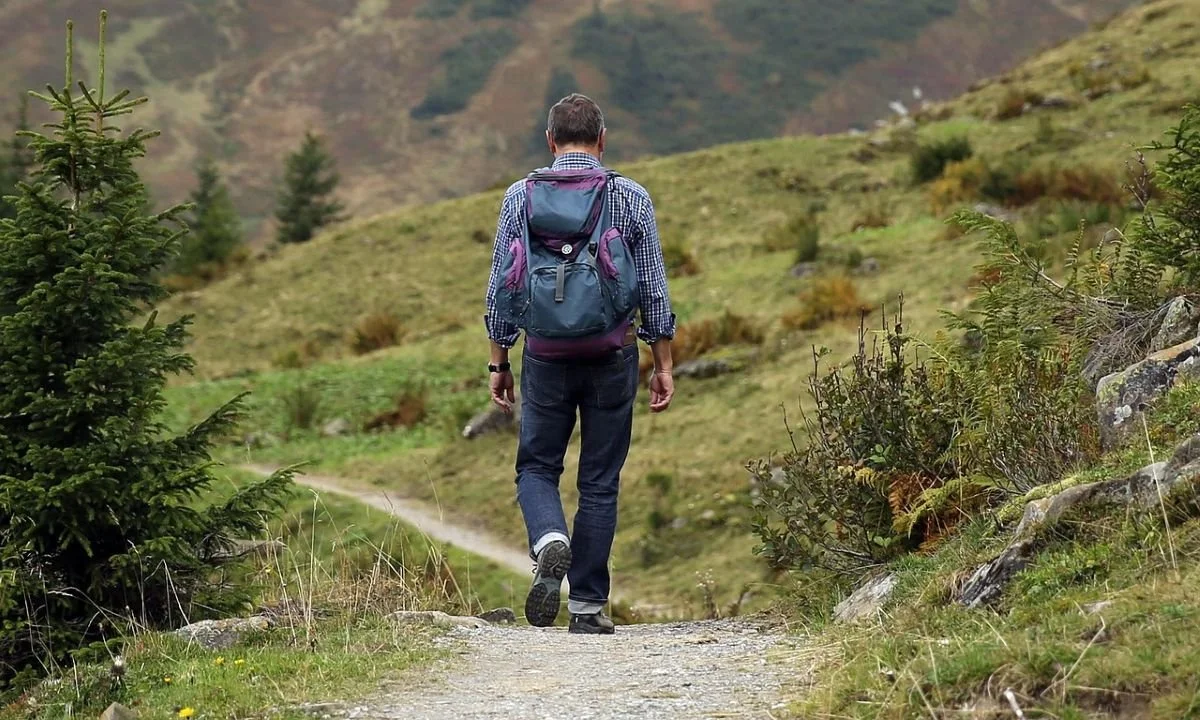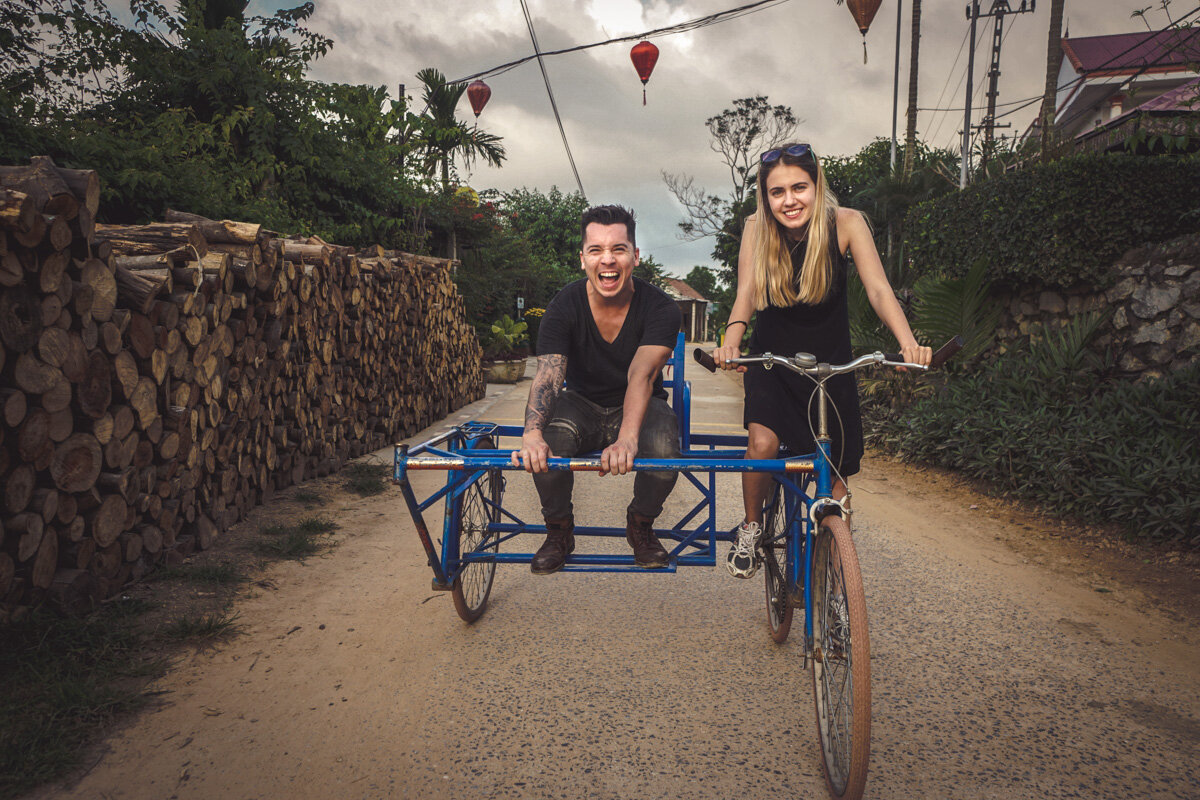Tribes in Tanzania: Local culture and religion
/Tribes in Tanzania: Local culture and religion
Welcome to the mesmerizing world of Tanzania, where breathtaking landscapes, diverse wildlife, and vibrant cultures converge. Nestled in the heart of East Africa, this captivating nation boasts a mosaic of indigenous tribes, each with its own distinct customs, languages, and traditions.
Get ready to immerse yourself in the traditions of the Maasai, Hadzabe, Chagga, and many more remarkable tribes scattered throughout Tanzania's breathtaking landscapes. From the vast Serengeti plains to the enchanting slopes of Mount Kilimanjaro, every corner of this incredible land holds a story waiting to be discovered.
The Masaai Tribe
Estimated population: 800,000
Location: The Masai tribes live in northern Tanzania, near the Ngorongoro Crater.
Culture: The most famous African tribe – the Masai, a nomadic people, still preserves the traditional way of life. They adhere to traditional beliefs. The main occupation of the tribe is nomadic cattle breeding, beekeeping, hunting, and fishing. The main crafts: blacksmithing, the manufacture of leather clothes, cookware from horns and hooves.
A memorable feature of the Maasai is their traditional clothing: they wear bright red or blue “dresses”, jewelry made of beads and they always walk with a staff. We were amused by the shoes: soles carved from old car tires with straps attached to them. They say it turns out to be durable and convenient.
The Masai diet is harsh and includes only three components - meat, animal blood and milk. No compromises or a balanced diet.
The Maasai tribe in Tanzania
Polygyny is common in marriage; the number of wives is determined by the age and wealth of the family. The ransom is paid for the wife with the main value - cattle. Along with that each of the wives independently builds a round hut from twigs and clay, where she lives with her children. After 10-15 years, the family, along with their cows and goats, migrates to a new place and builds houses anew.
Of great importance to the tribe is the cult of the warrior and this caste is the most respected. Boys learn to be real warriors from early childhood, this is their main task. The role of a warrior is primarily in protecting livestock, building the Masaev-Kraal settlement, and ensuring security for the family. These brave male warriors receive many privileges, such as the ability to wear long hair.
The Masai society supports the patriarchal regime, where the male elder makes important decisions. Masai believe in one God - Engai. He is God in two aspects, the first is kind and supportive, the second is vengeful. There is a spiritual leader in the tribes - Laybon, who exercises control over order in matters of spirituality, but this person has no power when it comes to making decisions on matters of tribal importance.
The Chagga Tribe
Estimated population: 2 million
Location: They live on the southern and eastern slopes of Kilimanjaro.
Mbege: local Tanzanian beer made with bananas and millets. Credit: sameerhalai
Culture: The people of Chagga are the third largest tribe in Tanzania. Most people in Chagga are Christians, some are Sunni Muslims, and some adhere to traditional beliefs and they all live side by side successfully.
Their main occupations are manual terraced farming and cattle breeding. Food - bananas, milk, meat.
If you want, you can visit this tribe to be introduced to everyday life and tour the village. Naturally, this will not be free, but the experience is worth it. If you visit here, try a famous chaga drink – banana beer!
The Sukuma Tribe
Estimated population: 5.5 million
Location: Sukuma is the largest tribal group in Tanzania, which is located in the north-west of the country, south of Lake Victoria.
Culture: Most of them follow traditional beliefs and some of them are Christians. The traditional occupation is manual farming and cattle breeding. Clothes are bedspreads made of leather or bast.
Sukuma is notable for their unusual clothes – such leather or bast capes are not found in other tribes. They reached unprecedented heights in manufacturing both of these materials. At first glance, the bast is difficult to distinguish from a rough fabric.
Sukuma women and children of Tanzania. Credit: paulshaffner
The Makonde Tribe
Estimated population: 1,140,000
Location: They live in the southern region of the state, between two rivers (Lukuledi and Ruvuma).
Culture: Makonde is one of Tanzania’s five main tribes. They are famous for their wood carving skills. The tribe is very conservative and their people reverently preserve their culture, traditional customs, territory and lifestyle.
The Iraqw Tribe
Estimated population: 350,000.
Location: They are a tribe living in the central highlands of Mbulu, between Lake Manyara and Lake Eyasi.
Culture: They adhere to traditional beliefs, but part of the tribe are Christians. The main occupation is cattle breeding and agriculture, but exclusively for their own needs. The Iraqw try to keep contacts with other groups at a minimum level and feel negatively about strangers visiting their settlements.
Western lands are divided between two tribes: Ha and Nyamwezi. Both ethnic groups are engaged in agriculture and cattle breeding. However, they have a lot of differences.
The Nyamwezi Tribe
Estimated population: 1.5 million
Location: in the west of the country near the Tabor region.
Culture: The Nyamwezi who are also called "people of the moon" used to be the largest and most powerful tribe. They opposed the Arab invader in 1880s, encroaching on the lands of Tanzania. Currently, they are the second-largest tribe.
The Ha Tribe
Estimated population: one of the largest groups with a population between 1 and 1.5 million.
Location: Ha is a tribe in western Tanzania between the lakes of Tanganyika and Victoria.
Culture: Ha is considered to be more quiet, peaceful comparing to Nyamzwezi and they are still engaged in the production of a unique drink - banana beer. It is considered ceremonial and has a sacred meaning. Their traditional clothing id made from plant fibers and skins. They eat porridge from millet and cassava, and some vegetables.
The Haya Tribe
Estimated population: they are the fourth-largest ethnic group with more than 1.2 million people.
Location: They are based in northwestern Tanzania, in Kagera Region.
Culture: Haya the main occupation of which is the cultivation of coffee and tea for export. People Haya well adapted to modern realities. Inhabited near Lake Victoria, they grow coffee and tea. These goods are exported, helping the tribe stay afloat.
African girl from the Haya tribe. Credit: Happiness Stephen
The Hadzabe Tribe
Estimated population: less than 2000
Location: They settle around Lake Eyasi.
Culture: With an approximate number of representatives being less than 2000, they are the last tribe that has preserved absolutely all their historical traditions. These people live far away from globalization and crowds, which inevitably attracts tourists.
Men hunt and bring their prey home to feed their family, while women and children collect fruits, berries and roots, which is in addition to their diet. Men are especially skilled hunters, their hunting style is quite inventive and resourceful, therefore, watching this process is very interesting and entertaining. Since hunting is the only source of food, they are officially allowed to hunt in the Serengeti.
Hunting with the Hadza tribe. A visit to the village of the Hadza tribe is not only an opportunity to talk with representatives of this tribe, but it is also a chance to try yourself as a hunter. You will stay in the villages for the night, and at dawn you will see the traditional methods of real hunting, and you can even apply them in practice.
The Datoga Tribe
Estimated population: 150-200 thousand
Location: Rift Valley of northern Tanzania
Culture: Datoga are cattle breeders and blacksmiths. They compete with the Masai and dislike them. Masai believe that all livestock throughout Africa originally belonged to them. Therefore, they see nothing wrong with taking cattle from neighboring tribes from time to time.
The Datoga is a more peaceful tribe. They also have their own language that belongs to the same group as the Maasai language (the Nilotic group) and about 5% speak Swahili. Datoga live quite isolated from other tribes, and while most Tanzanians profess Christianity or Islam, they remain faithful to their traditional religion. Datoga worship ancestors, they believe in the existence of spirits and engage in “everyday” witchcraft (cause rain, guard livestock, treat diseases). At the same time, they believe in a single God-creator whose name is Asita.
Girls from the ethnic group Datoga in Tanzania. Credit: Kathy Gerber
The Datoga, like the Masai, have polygamy with only one exception that they should always ask the first wife for permission to take another wife. She can’t answer “no” and it won’t even come to her mind, it’s just a formality.
The Barabaig Tribe
Estimated population: 50,000.
Location: the surroundings of Mount Hanang, the nearest settlement is the village of Katesh
Culture: The Nilotic people of Barabaig are one of the kindest and most peaceful on the entire ethnic map of Tanzania. In addition, they are incredibly hospitable and friendly to all visitorsю
In general, the Barabaig lead a quiet, semi-nomadic lifestyle, live according to the lunar calendar, worship deities of nature, practice female circumcision rituals and polygamy. From the cultural point of view, Barabaig are interesting for their dances and the special art of making goat skins. By the way, when visiting Barabaig, you should definitely try honey beer, which although it is not prepared in the most sanitary way but has a really memorable taste.
Unfortunately, today the number of Barabaig is gradually decreasing under pressure from larger tribes on one hand and industrialization on the other. They are trying to fight for their rights by appealing to the government of Tanzania with a call to protect the territory of their residence from encroachments of civilization, but these attempts have not yet been very successful.
Like it? Pin it!































